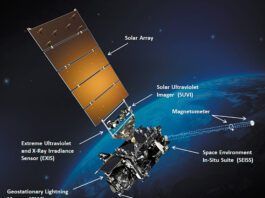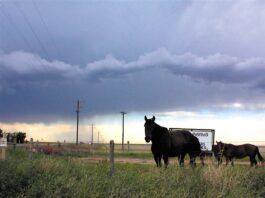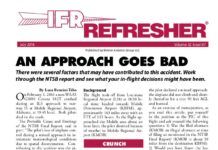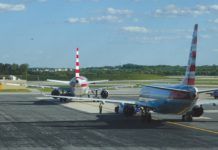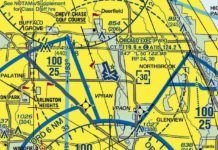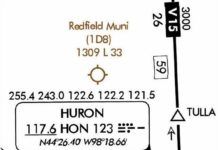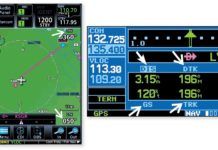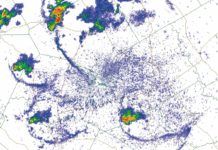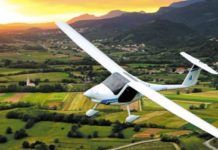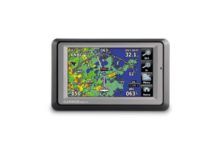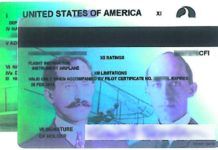Readback: October 2018
Many pilots want to fly IFR more often but dont quite remember how. If you addressed more of the basics and less of the quirky and obscure perhaps more pilots would actually benefit. One example would be to have a product published for particular regions or states of the country and present examples each month of airports and approaches for that particular area. This would give the local pilot community more opportunity to fly their local approaches and visit our local airports more often.
Advanced Autopilot Use
Suppose that I am faced with an either-or situation with my autopilot. If I were told I couldnt use the autopilot at either cruise or while being vectored and flying an approach, Id chose to use it on approach. Sure, autopilots help relieve the tedium of long cross-country flights, but they regularly change a stressful approach into a rewarding experience. Lets look at some general tips, then take a close look at how to get the most from your autopilot on approach.
Communication Clarity
How about airplanes already on the ramp? Maybe an airliner advises hes pushing back, but another ones already pushed in his way. Well say, Use caution, Boeing 737 pushed back behind you. Advise ready to taxi. Its both a safety and a time reminder. Watch out for the other guy, and it may be a couple minutes before he can push. Were well aware airlines typically have ramp personnel wing-walking beside them, checking for obstacles. However, stuff happens. Were just covering our bases.
Too Many Approaches
One commenter expressed approval of the cancellation of a circling procedure only if all runways accessible by the procedure have a straight-in IAP with lower minimums than in the canceled procedure. The FAA replied that its policy is not meant to assure straight-in IAPs for every runway end, but rather to minimize redundancy. While cancelling some circling procedures might reduce airport accessibility, runway availability will be unaffected. You might have to fly further to get access to your approach, but its availability will stay the same.
Not Enough Departures
The ATC Handbook, FAA Order 7110.65, Paragraph 4-2-8 directs controllers to ask this of VFR aircraft seeking an IFR clearance in the air until they reach the minimum IFR altitude (MIA), typically, ATCs minimum vectoring altitude or the published MEA. If the pilot is able to maintain terrain and obstruction separation, the Handbook states, issue the appropriate clearance… If unable to maintain terrain and obstruction separation, instruct the pilot to maintain VFR and to state intentions.
Avionics Human Factors
Pilots were (and still are) over using automation, resulting in too much head-down button-pushing. The result was (is) an increase in situational awareness errors and loss-of-separation in particular. One flight crew got so absorbed entering a simple runway sidestep that they landed without a clearance. As the presenter advised, sometimes its better to reduce the level of automation for a given task. He summed it up nicely-were pilots, not automation managers; fly the plane first and keep up those manual skills.
Weather Rules of Thumb
All of these have different scales, ranging from hours and a few miles with the mountain breeze to thousands of miles and days to weeks with trade winds. Knowing which circulation normally affects your weather and which is dominant at the moment is what I would call one of the secrets to understanding the forecast. If the wind direction is normally 150 degrees on September afternoons, seeing 120 degrees tells you the wind is driven by something different.
On The Air: October 2018
Last week my wife and I departed Deer Valley Airport, in Phoenix in our Cessna 177RG. Before departing we received a complicated taxi clearance to what looked like a parking lot at the end the active runway. Deer Valley calls itself the busiest general aviation airport in the country with lots of flight training. The parking lot was just a run-up area, able to handle lots of planes.
Electric Airplanes
I first bought a hybrid electric car in 2006 that Ive just replaced with a plug-in hybrid electric car. The technology is amazing and gas usage is dramatically shifted to cheaper electricity. Every time I slow down, Im putting energy back into the battery to reuse. Thus, even when the car says I can drive 15 miles on the battery, if Im in stop-and-go traffic, I can usually count on a lot more.
Briefing: September 2018
With an expectation to hire 8000 pilots over the next 10 years, Delta Air Lines has developed new accelerated career-path options to help ensure it has plenty of applicants for those jobs. Delta conducted several years of research to create a pilot outreach and pathway program that will inspire and attract the next generations of high-quality talent, said Steve Dickson, Deltas vice president for flight operations. The new Propel program will provide community outreach, mentoring, and scholarships to help future pilots launch successful careers.
Readback: September 2018
Dont Mess with IceI enjoyed the Me Too letter by Harry Dill in the July issue. I think we tend to forget that moderate ice is not like moderate turbulence. It is right below severe. Also, we all talk about how unpredictable ice is, so having forecast or PIREPed moderate ice turn into severe is common. Oh, and really bad. Harry gave good consideration to clouds and icing, and he made it out okay. However, I would not mess with moderate ice at all. Stick with trace and light, and maybe the worst youll see is moderate. Harry can stop at our place in Maryland for a crab cake and wait for better weather on his way up coast from North Carolina.
Finally: Revised REGs
Back in May 2016, the FAA issued a notice proposing changes to Title 14 of the Code of Federal Regulations, commonly referred to by pilots as the FAR. They were generally favorable to pilots. Many had been discussed in the aviation press and by pilot groups earlier. In late June 2018, the FAA published the Final Rule incorporating the changes, some with modifications based upon comments received. Lets look at some of the changes, paying special attention to those relevant to instrument training and instrument currency.



